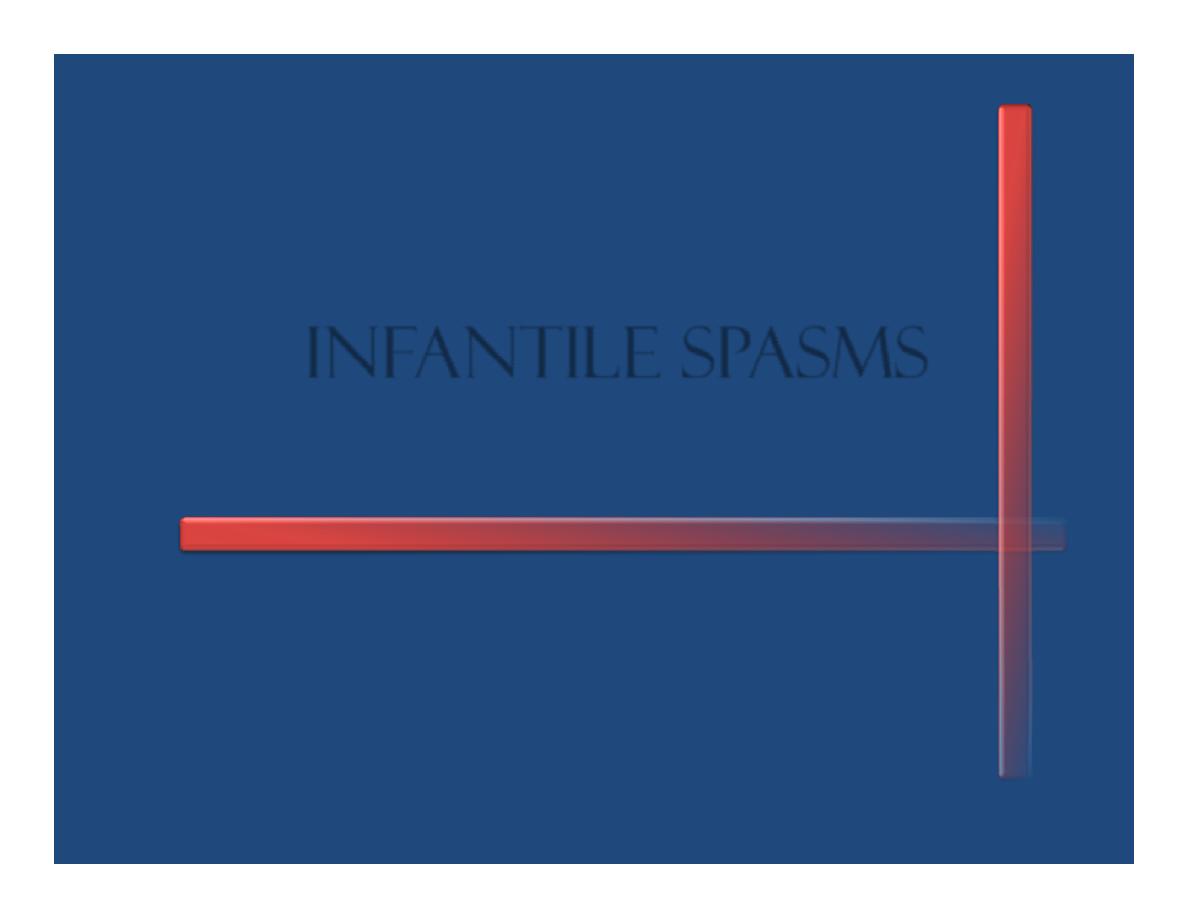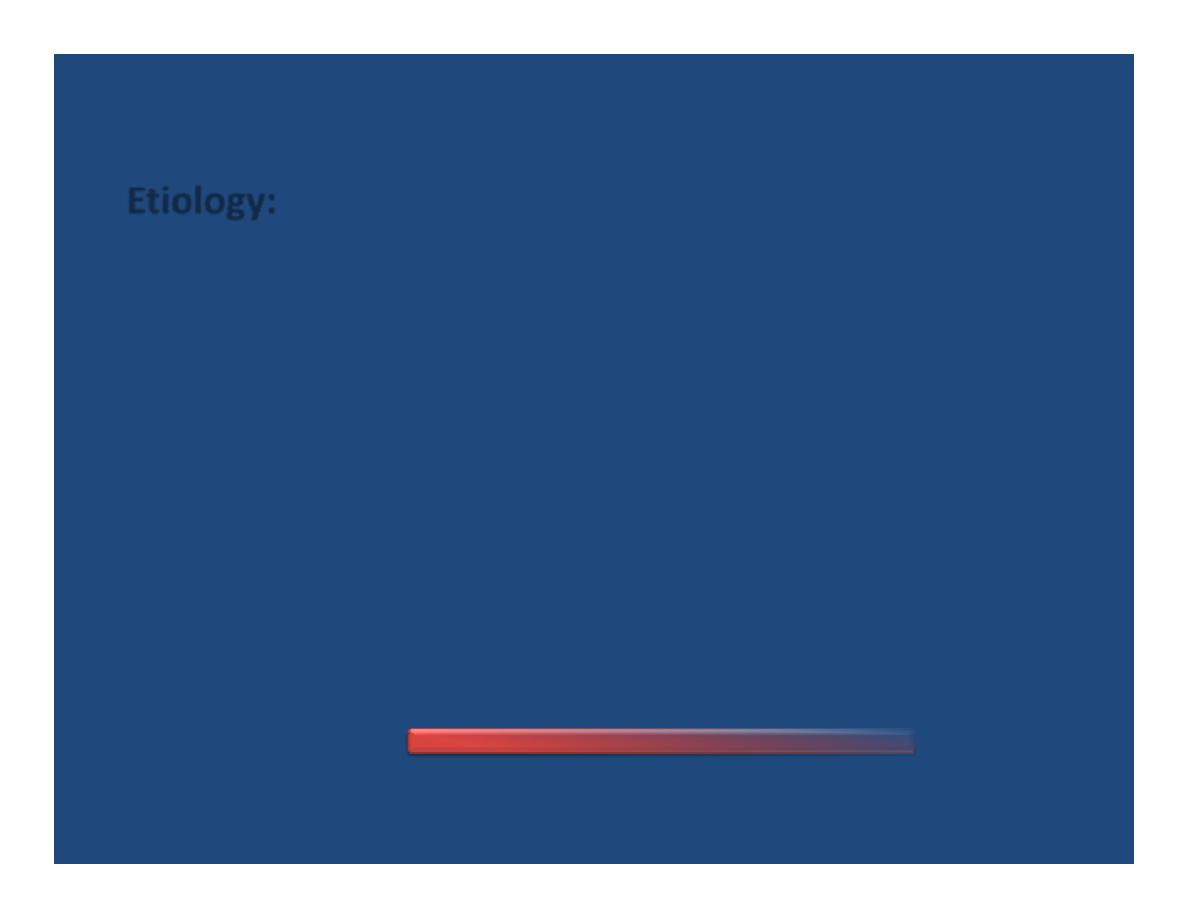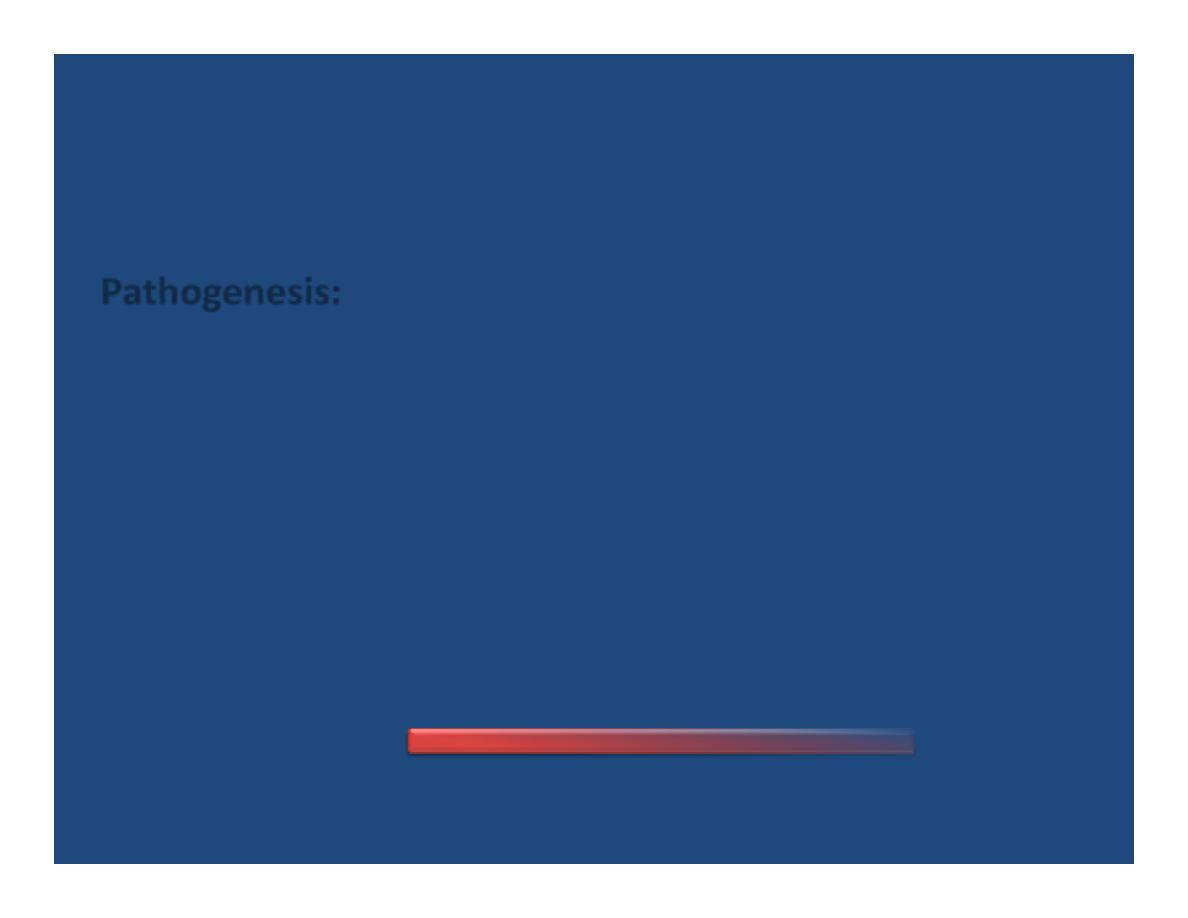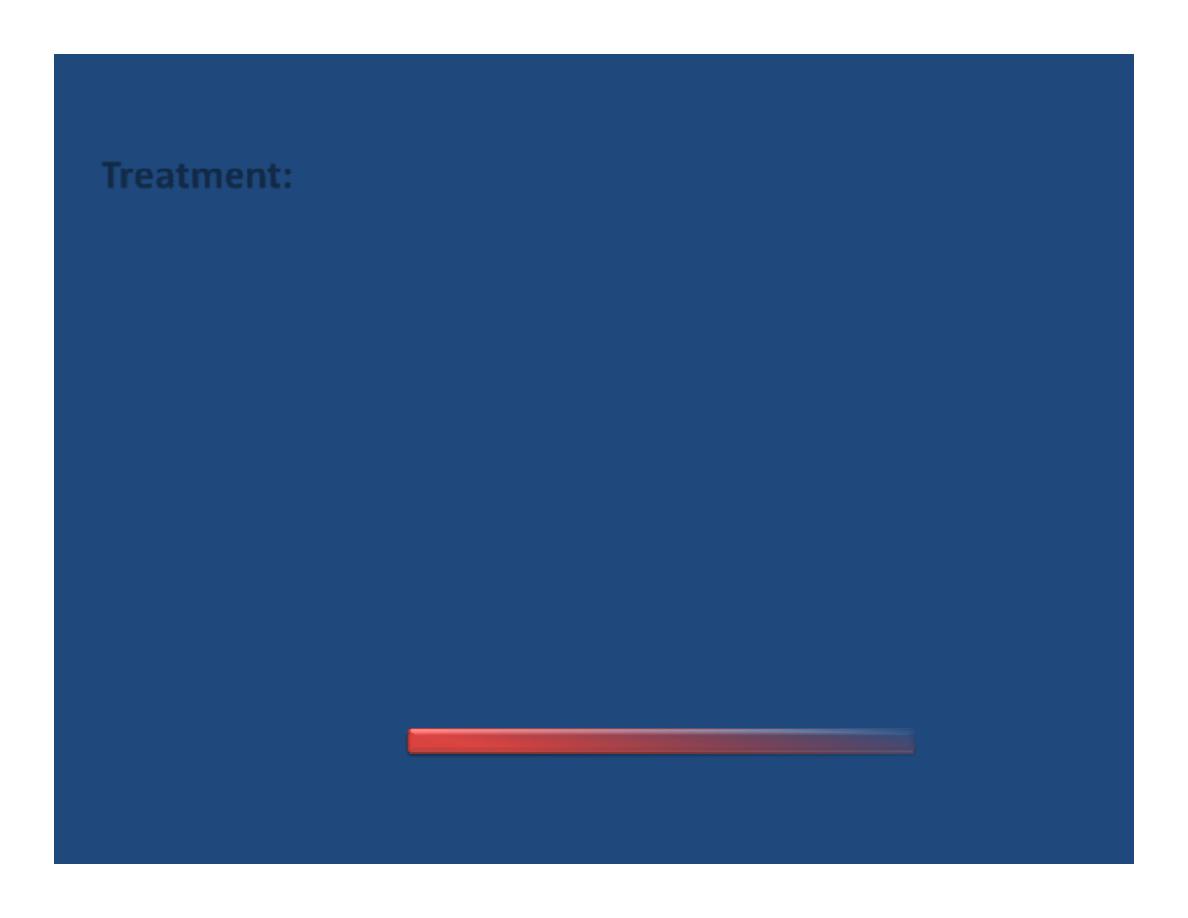
Infantile Spasms
P r o fe s s o r A b d e l G h a n i A l ‐ R a w i
©
2
0
0
9
February 27, 2009
1
INFANTILE SPASMS

February 27, 2009
2
INFANTILE SPASMS
Infantile spasms (
Salam attack; West syndrome
) Commonly
develop between 3 and 8 mo of age. Only 8% of cases first being
encountered in infants older than 2 yr and are characterized by
brief symmetric contractions of the neck, trunk, and extremities.

February 27, 2009
3
INFANTILE SPASMS
There are at least 3 clinical types: Flexor, extensor, and mixed.
In the
flexor
type, there is sudden flexion of the neck, arms, and
legs onto the trunk; whereas, the
extensor
spasms produce
extension of the trunk and extremities; it is the least common type.
The
mixed
type consists of flexion in some episodes and extensions
in others. It is the most common type.

February 27, 2009
4
INFANTILE SPASMS
Clusters or volleys of seizures may persist for minutes with
brief interval in between them. Some children have 50‐100 each
day. The spasms occur during sleep or immediately after
awakening or if the baby is drowsy. The EEG that is most
commonly with infantile spasms is referred to us
“hypsarrhythmia” which consist of chaotic pattern of high
voltage, bilaterally asynchronous slow wave pattern.

February 27, 2009
5
INFANTILE SPASMS
Etiology:
Cryptogenic:
10‐20 %; occur in infants with normal birth and development
until the onset of seizures; CT or MRI is normal; prognosis good in regard to
mentality.
Symptomatic:
80‐90%. Mental retardation found in 80‐90% of cases. It
occurs after prenatal and perinatal factors like:
1.Hypoxic‐ischemic encephalopathy.
2.Periventricular leukomalacia.
3.Congenital infections.
4.Inborn errors of metabolism.
5.Neurocutaneous syndromes (e.g. tuberous sclerosis).
6.CNS infections.
7.CNS trauma.
8.Immunization with pertusis vaccine (co‐incidence).

February 27, 2009
6
INFANTILE SPASMS
Pathogenesis:
Unknown; but it is thought that an increase in CRH
(corticotrophin Releasing Hormone) results in neuronal
hyperexcitability and seizures. CRH receptors reach a maximum
in an infant brain followed by reduction with age.

February 27, 2009
7
INFANTILE SPASMS
Treatment:
ACTH
(prednisolone is equally effective) in a dose of 20 units IM
daily for 2 wk; followed by 40 units IM for another 4 wk. Control
of seizures is expected in 70% of cases; 30% have relapse after
stopping therapy.
Vigabatrin
(25‐50 mg/kg/day) act by binding to specific GABA
receptors causing an increase in GABA levels & inhibition of
neurotransmission. Vigabatrin is an irreversible inhibitor of GABA
transaminase (the enzyme that breaks down GABA); first licensed
as an antiepileptic agent in Britain in 1989.
Side effects: drowsiness, agitation, confusion, dyskinesia,
visual field defect. Toxicity and visual symptoms develop
with a dose of 40-80 mg/kg.

T H A N K YO U
p o w e r p o i n t a r r a n g e d b y : d r . a b d e l ‐ s a l a m d a w o o d
©
2
0
0
9
February 27, 2009
INFANTILE SPASMS
8
